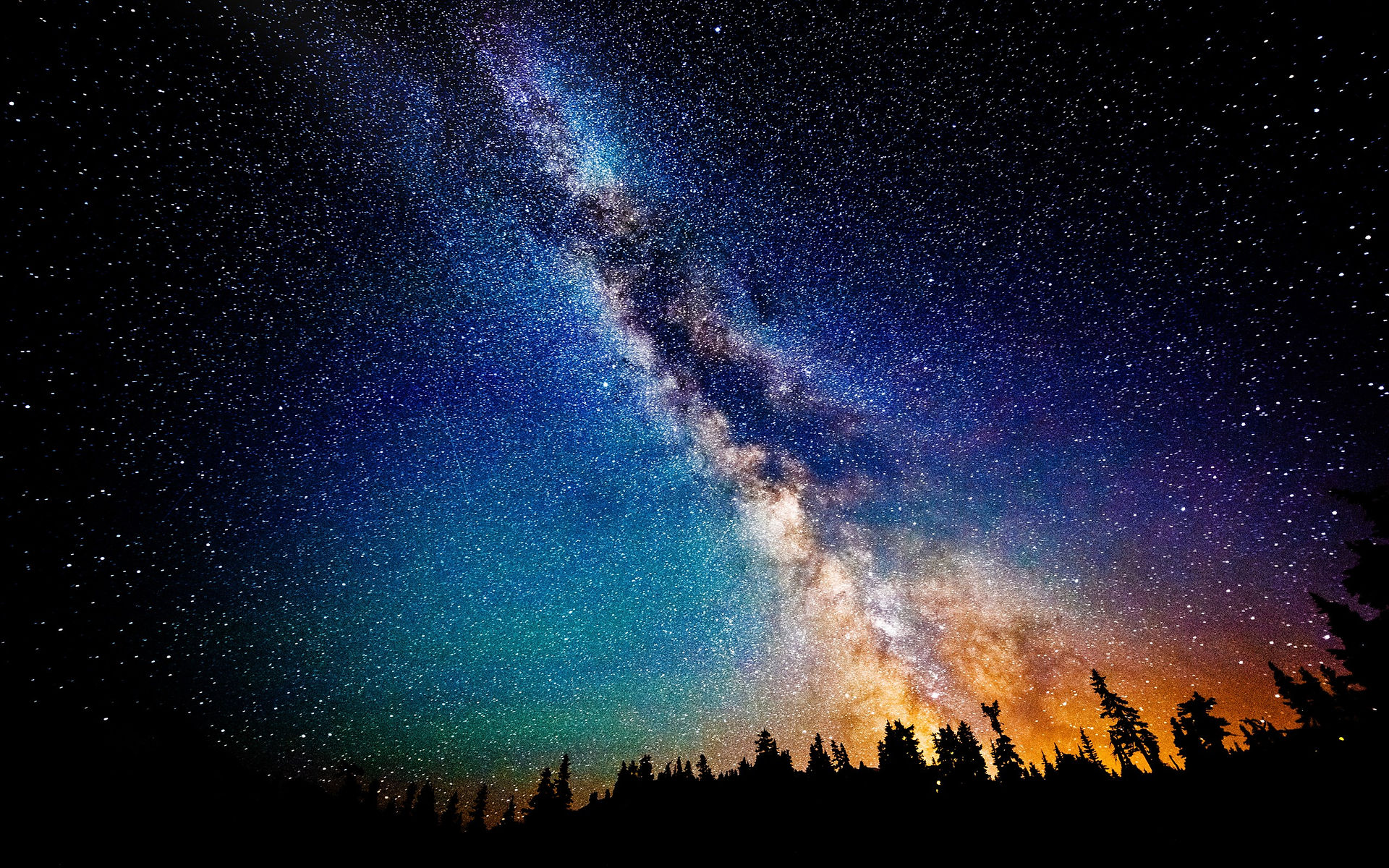
Ñamandu
Solo alto saxophone and interactive electroacoustics
2018
10"
Commissioned and premiered by Katherine Weintraub
Ñamandu is a musical reflection on the creation myth of the Mbyá, an indigenous people native to central South America. In their folklore, a handful of creatures have been present since the beginning of time; among them is the sacred hummingbird, which sustains the creator deity, Ñamandu, as he creates the earth and the heavens.
Our Father, the Absolute First
created himself from the primordial darkness.
Flowers adorned his divine feathered headdress like drops of dew;
And amidst the flowers of his sacred feathered crown
Hummingbird, the primeval bird, gamboled and flew.
Even while our first Father created his own divine body,
He existed in the midst of the primordial winds.
Before he conceived his future earthly dwelling,
before he conceived his future heavens, his future earth —
Hummingbird refreshed his mouth.
It was Hummingbird who sustained Ñamandu with the fruits of paradise.
Our Father Ñamandu, the First,
before he created his future paradise
He did not see the darkness, although the sun did not yet exist.
The reflection of his own heart illuminated him;
His divine wisdom served as the sun.
Where he stopped to rest
the Owl produced darkness:
for already the cradle of night existed.
The primal winds in which Our Father existed return
with the arrival of the primal space-time
with the resurgence of the primitive season.
As the old season ends
with the flowering of the lapacho tree
the winds bring the new season.
The new winds come, the new space,
bringing the resurrection of space-time.
Like the Mbyá creation story, all sound material in this piece comes from those present at the beginning: the saxophone (here, the creator), the hummingbird, the owl, and finally the lapacho tree. The listener is made to feel as if in the center of the creation, where one may feel the interconnectedness of all things, and perhaps the reflection of divine wisdom.
The saxophonist originates all the sound in the piece, through a combination of pitch tracking and foot pedal operation. Ambisonic spatialization places the listener within a surrounding sonic atmosphere, and effects like granular synthesis, compression sidechaining, and real-time polyphony create a sonic environment where one can envision the primordial “space-time” that the Mbyá told of.
Translation from Spanish to English by Nina Zumel.
From Ayvu Rapyta: Textos míticos de los Mbyá-Guaraní del Guairá, by León Cadogan
Purchase the score:
Performances:
Performed by Joana Sá:
-
Festival DME (Dias de Música Electroacústica)
-
Culture & Sustainability Symposium; Escola Superior de Música de Lisboa, Portugal, November 17, 2019 - 4:15 pm
-
Laboratory - Mixed Music; Center for Sea Sciences, University of Algarve, Faro, Portugal, November 11, 2019
-
-
Solo Recital, Escola Superior de Música de Lisboa, Portugal, June 21, 2019
Performed by Katherine Weintraub:
-
Guest Recital; University of Miami Frost School of Music, October 20, 2019
-
North American Saxophone Alliance Region 6 Conference; University of Mississippi, March 24, 2019
Performed by Geoffrey Deibel:
-
New Music Festival; Florida State University, February 2, 2019
Performed by Damian Cheek:
-
Inner sOUndscapes; University of Oklahoma, December 2, 2018
Performed by Joshua Keeling:
-
Contemporary Music Festival; University of Tennessee, October 24, 2018
Performed by Katherine Weintraub:
-
XVIII World Saxophone Congress, Zagreb, Croatia; July 12, 2018
-
Applause New Music Festival; Dallas, TX, July 28, 2018





